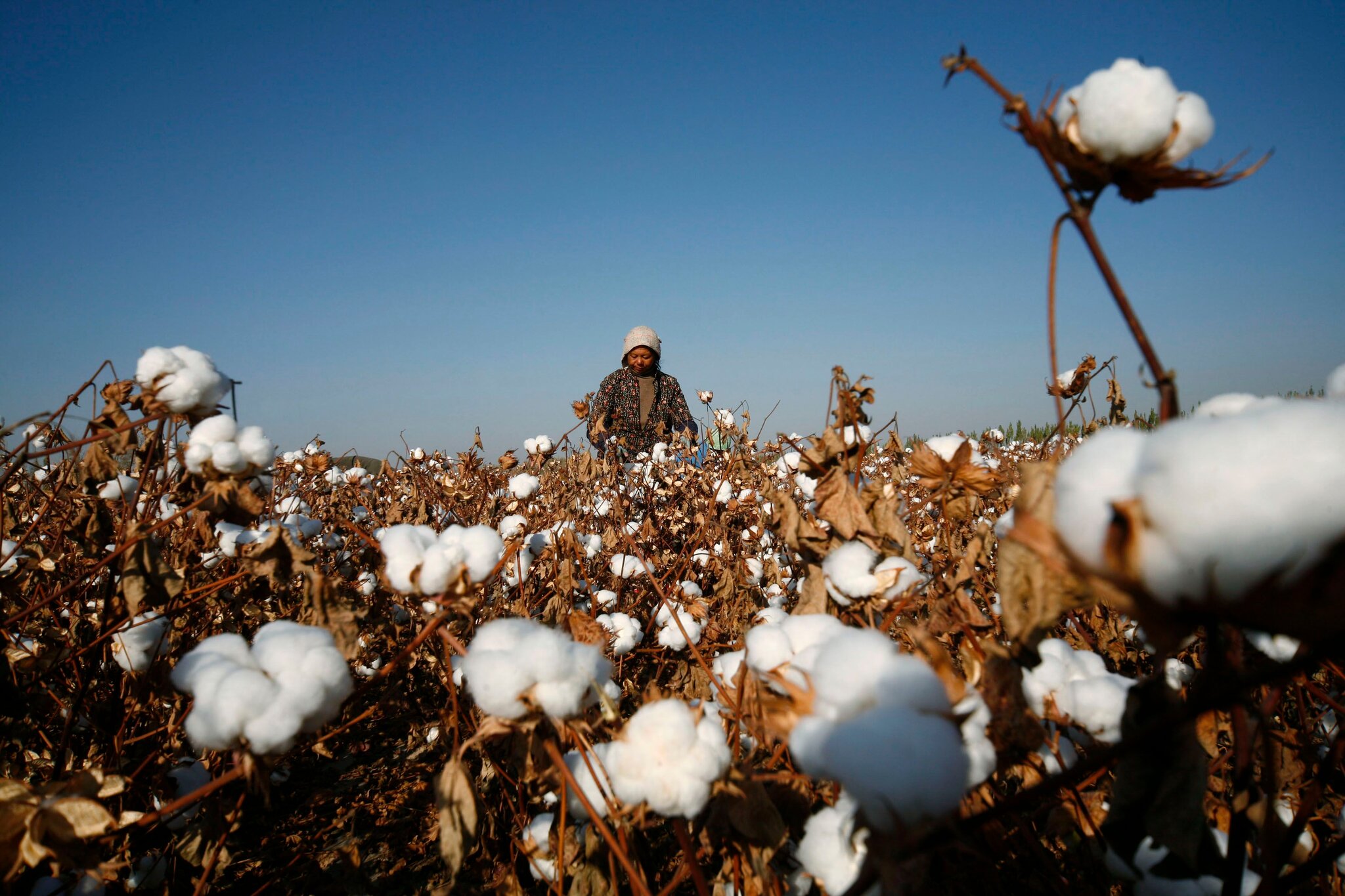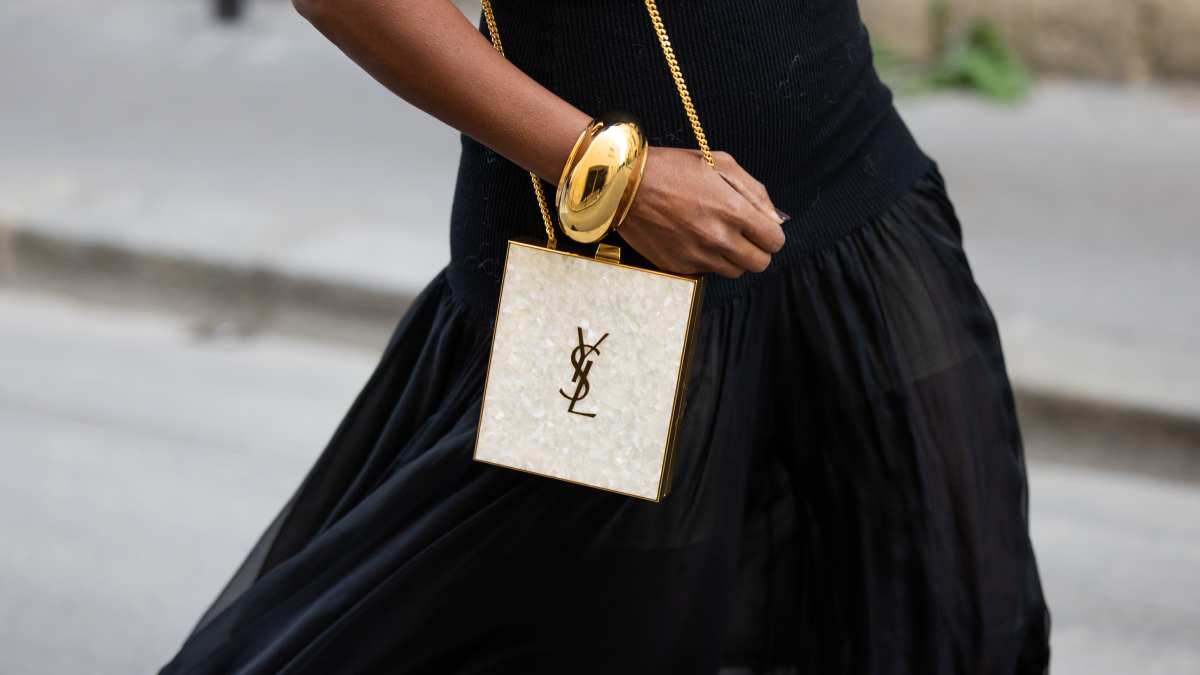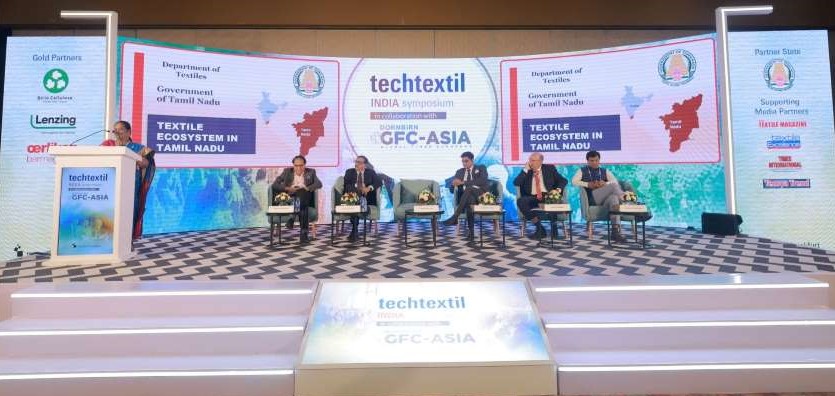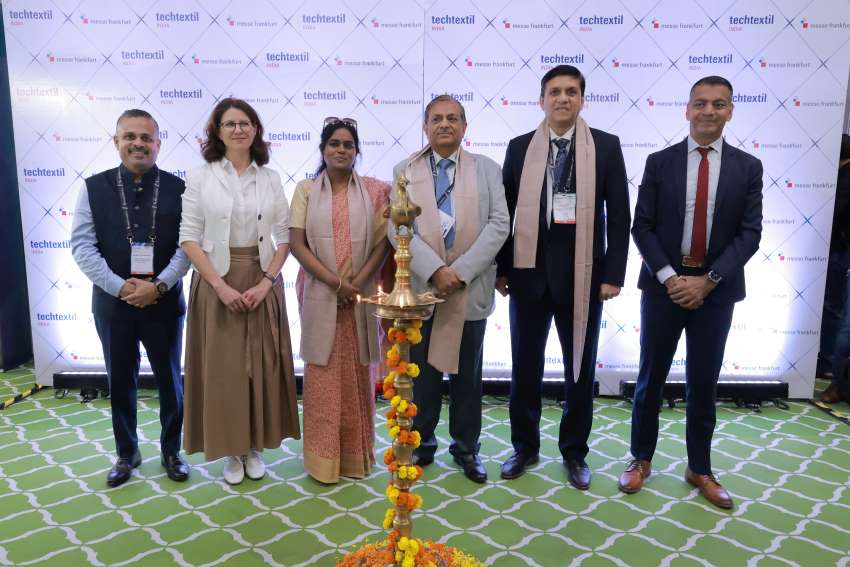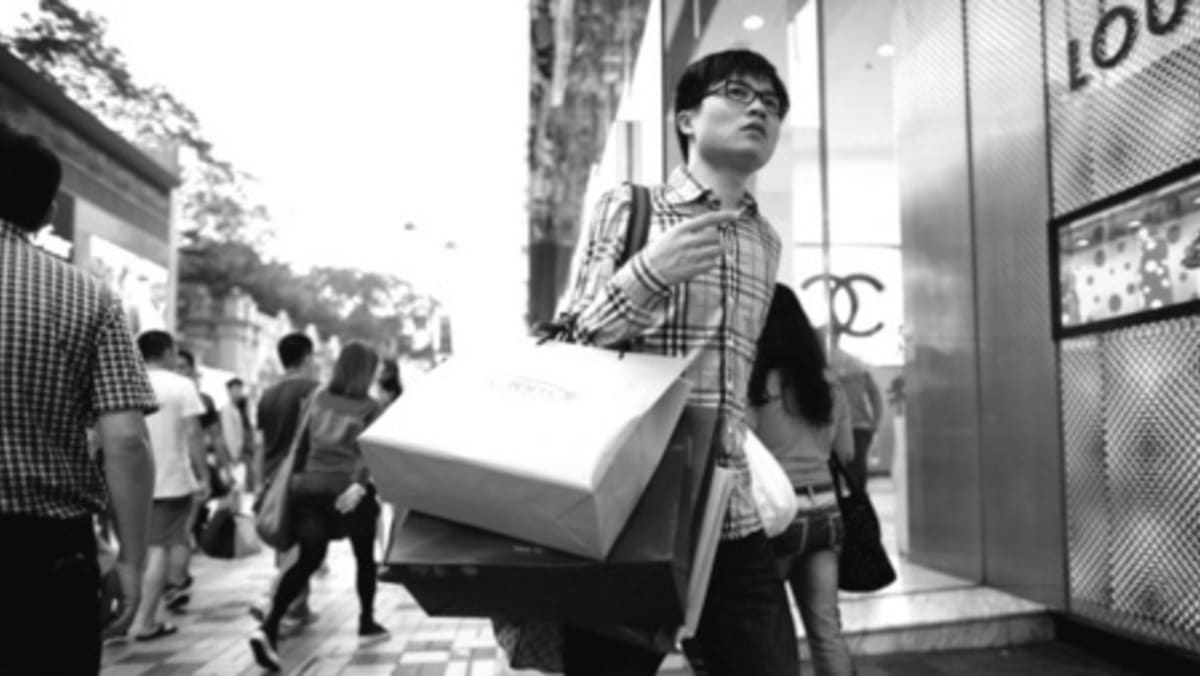
China's luxury market, once stimulated by conspicuous consumption and a booming economy, is undergoing a significant transformation. The current economic scenario, marked by slower growth and a focus on domestic brands, is reshaping consumer preferences and forcing international players to adapt.
The market resizes
The market size of China's luxury market reached an estimated yen 4.7 trillion ($730 billion) in 2023 as per Bain & Company, reflecting a slight decline from the previous year. However, the Compound Annual Growth Rate (CAGR) remains positive, albeit at a slower pace. Experts predict a CAGR of around 6-8 per cent for the next few years, compared to the double-digit growth witnessed in the past decade. This indicates a maturing market with a focus on quality and experience over mere brand logos.
The share of international luxury brands in China is declining. In 2018, they held an 80 per cent market share. However, by 2022, this number dipped to 65 per cent. This trend is projected to continue, with domestic brands like Huili (jewelry) and Anerdam (apparel) capturing a growing portion of the market. Their CAGR is estimated at a robust 10-12 per cent. This decline coincides with the rise of domestic brands. Pushed up by national pride and increasing brand quality, domestic players are capturing a growing share, currently estimated at 30 per cent. Domestic brands like Shanghai Tang and Feng Chen Wang are experiencing significant growth, resonating with a more nationalistic consumer sentiment.
Table: Market share of international vs. domestic luxury brands in China (2018-23)
|
Year |
International brands |
Domestic brands |
|
2018 |
85% |
15% |
|
2019 |
82% |
18% |
|
2020 |
78% |
22% |
|
2021 |
75% |
25% |
|
2022 |
72% |
28% |
|
2023 |
70% |
30% |
Luxury giants like Louis Vuitton, Chanel, and Gucci remain at the forefront of the market. However, their growth rates have tempered. Here's a glimpse at some leading brands and their estimated sales in China (2023).
Table: Leading luxury brands and estimated sales in China (2023)
|
Brand |
Estimated Sales (¥ billion) |
|
Louis Vuitton |
50 |
|
Chanel |
45 |
|
Gucci |
40 |
|
Dior |
35 |
|
Hermès |
30 |
Shifting consumer behaviour beyond the logo
Chinese luxury consumers are evolving. Previously, brand logos and conspicuous consumption were the primary drivers. Now, factors like quality, craftsmanship, and brand storytelling are gaining importance. Today's savvy consumer seeks a personalized experience that aligns with their values. This shift is evident in the growing popularity of:
Sustainable practices: Consumers are becoming more environmentally conscious, demanding transparency and eco-friendly practices from luxury brands.
Cultural resonance: Brands that incorporate elements of Chinese heritage or collaborate with local artists are resonating strongly with consumers.
Digital savvy: Millennials and Gen Z are driving the rise of online luxury purchases, influencing brands to invest heavily in e-commerce platforms.
Navigating the digital wave
Luxury brands are actively adopting strategies to overcome these challenges. They are integrating online and offline experiences with features like virtual try-on and click-and-collect services. Also on their to do list is, engaging consumers through live product launches and influencer endorsements on streaming platforms. Building communities on social media platforms like WeChat to foster brand loyalty and personalized experiences is also one way. Implementing robust return and authentication policies to build trust and encourage online purchases.
China's luxury market is entering a new phase characterized by slower but more sustainable growth. Consumers are becoming more value-conscious, seeking meaningful experiences and brands that align with their evolving preferences. This presents both challenges and opportunities for international and domestic brands alike. By adapting to the changing landscape, embracing digital innovation, and prioritizing a customer-centric approach, luxury brands can navigate the shifting sands of the Chinese market and secure their place in this dynamic space.

